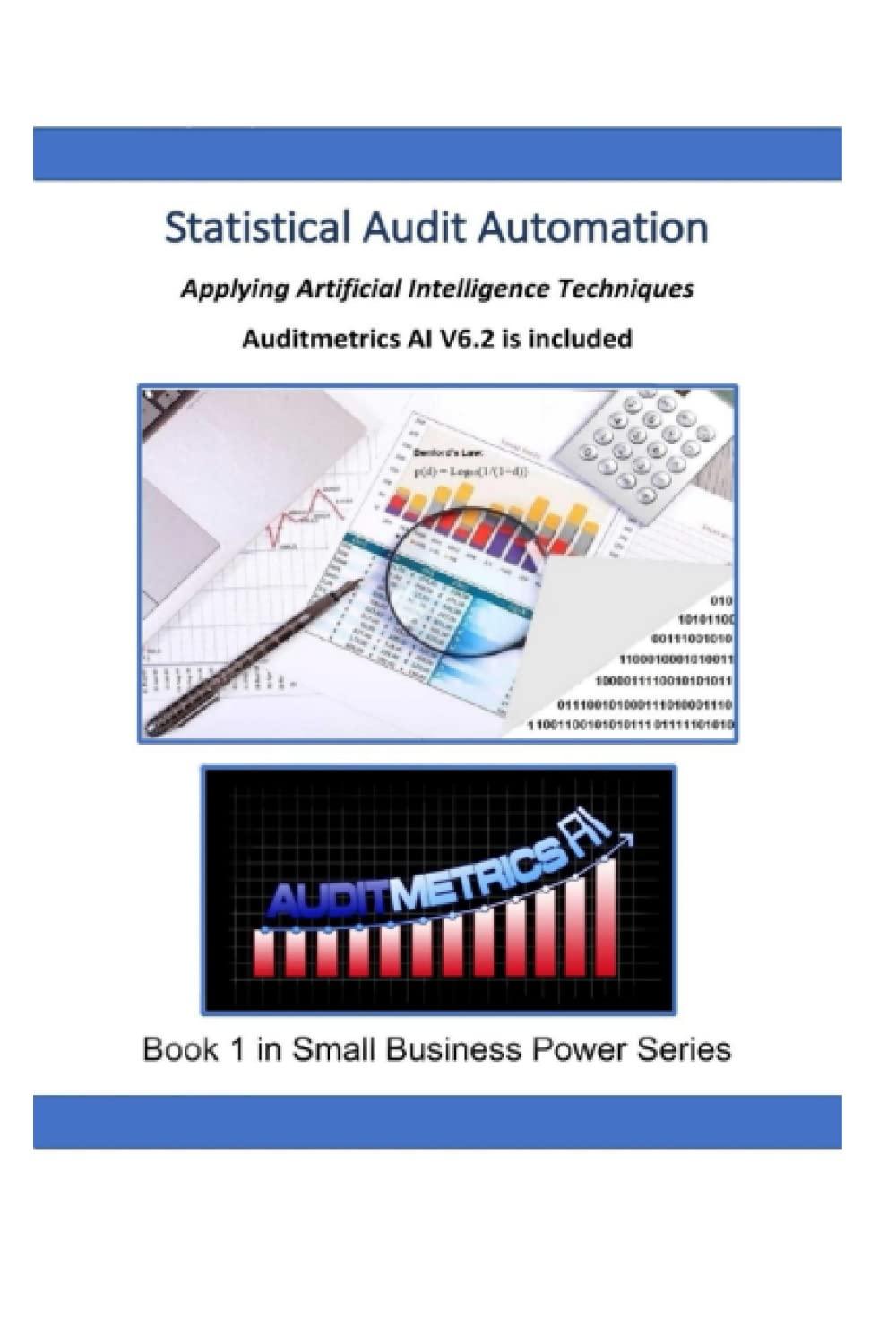Question
Coakley Beet Processors, Inc., processes sugar beets in batches. A batch of sugar beets costs $66 to buy from farmers and $28 to crush in
Coakley Beet Processors, Inc., processes sugar beets in batches. A batch of sugar beets costs $66 to buy from farmers and $28 to crush in the company's plant. Two intermediate products, beet fiber and beet juice, emerge from the crushing process. The beet fiber can be sold as is for $51.00 or processed further for $29.50 to make the end product industrial fiber that is sold for $49.50. The beet juice can be sold as is for $58.40 or processed further for $49.64 to make the end product refined sugar that is sold for $106. How much profit (loss) does the company make by processing the intermediate product beet juice into refined sugar rather than selling it as is?
$(30.04)
$(96.04)
$(2.04)
$(39.14)
The Rodgers Company makes 29,000 units of a certain component each year for use in one of its products. The cost per unit for the component at this level of activity is as follows:
| Direct materials | $9.20 |
| Direct labor | $14.00 |
| Variable manufacturing overhead | $10.80 |
| Fixed manufacturing overhead | $7.50 |
Rodgers has received an offer from an outside supplier who is willing to provide 29,000 units of this component each year at a price of $37.00 per component. Assume that direct labor is a variable cost. None of the fixed manufacturing overhead would be avoidable if this component were purchased from the outside supplier. Assume that if the component is purchased from the outside supplier, $35,100 of annual fixed manufacturing overhead would be avoided and the facilities now being used to make the component would be rented to another company for $64,800 per year. If Rodgers chooses to buy the component from the outside supplier under these circumstances, then the impact on annual net operating income due to accepting the offer would be:
$12,900 decrease.
$12,900 increase.
$51,900 decrease.
$51,900 increase.
Ahsan Company makes 60,000 units per year of a part it uses in the products it manufactures. The unit product cost of this part is computed as follows:
| Direct materials | $12.10 |
| Direct labor | 16.70 |
| Variable manufacturing overhead | 3.60 |
| Fixed manufacturing overhead | 14.40 |
| Unit product cost | $46.80 |
An outside supplier has offered to sell the company all of these parts it needs for $63.70 a unit. If the company accepts this offer, the facilities now being used to make the part could be used to make more units of a product that is in high demand. The additional contribution margin on this other product would be $319,200 per year. If the part were purchased from the outside supplier, all of the direct labor cost of the part would be avoided. However, $4.10 of the fixed manufacturing overhead cost being applied to the part would continue even if the part were purchased from the outside supplier. This fixed manufacturing overhead cost would be applied to the company's remaining products. How much of the unit product cost of $46.80 is relevant in the decision of whether to make or buy the part?
$63.70
$16.70
$32.40
$42.70
Step by Step Solution
There are 3 Steps involved in it
Step: 1

Get Instant Access to Expert-Tailored Solutions
See step-by-step solutions with expert insights and AI powered tools for academic success
Step: 2

Step: 3

Ace Your Homework with AI
Get the answers you need in no time with our AI-driven, step-by-step assistance
Get Started


